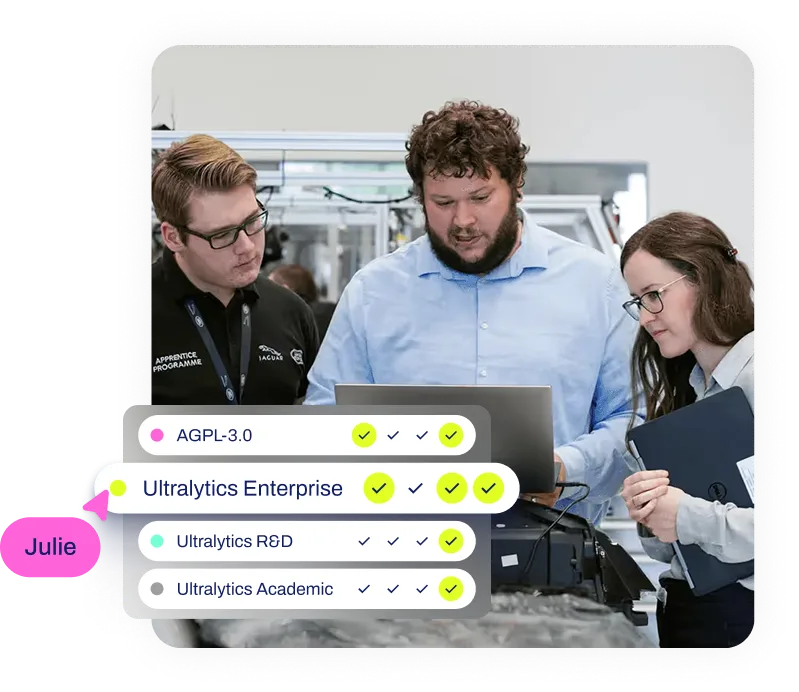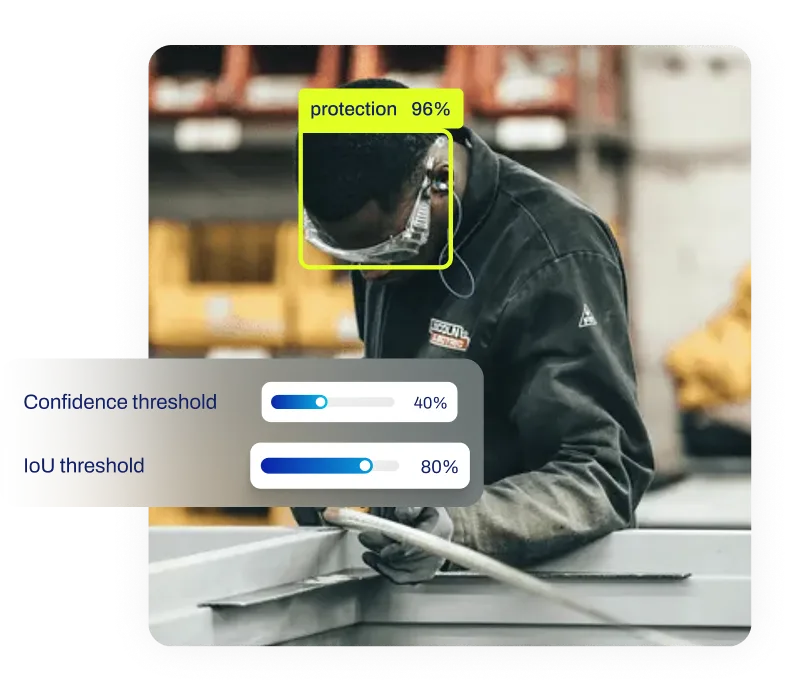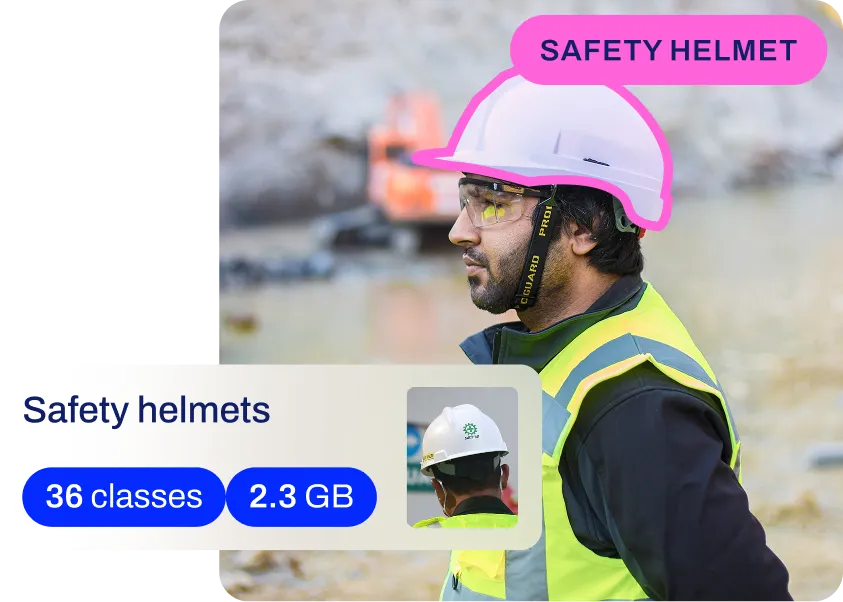Anchor Boxes
Learn how anchor boxes enable anchor-based object detection, priors for classification, regression and NMS, with applications in autonomous driving and retail.
Anchor boxes serve as a foundational concept in the architecture of many
object detection models, acting as predefined
references for predicting the location and size of objects. Rather than scanning an image for objects of arbitrary
dimensions from scratch, the model uses these fixed shapes—defined by specific heights and widths—as starting points,
or priors. This approach simplifies the learning process by transforming the challenging task of absolute coordinate
prediction into a more manageable regression problem where the network learns to adjust, or "offset," these
templates to fit the ground truth objects. This
technique has been pivotal in the success of popular architectures like the
Faster R-CNN family and early single-stage detectors.
How Anchor Boxes Function
The mechanism of anchor boxes involves tiling the input image with a dense grid of centers. At each grid cell,
multiple anchor boxes with varying aspect ratios and
scales are generated to accommodate objects of different shapes, such as tall pedestrians or wide vehicles. During the
model training phase, the system matches these anchors to
actual objects using a metric called
Intersection over Union (IoU). Anchors
that overlap significantly with a target object are labeled as positive samples.
The detector's backbone extracts features from the image,
which the detection head uses to perform two
parallel tasks for each positive anchor:
-
Classification: The model predicts the probability that the anchor contains a specific object
class, assigning a confidence score.
-
Box Regression: The network calculates the precise coordinate offsets needed to reshape the anchor
into a final bounding box that tightly encloses the
object.
To handle overlapping predictions for the same object, a post-processing step known as
Non-Maximum Suppression (NMS) filters
out redundant boxes, retaining only the one with the highest confidence. Frameworks like
PyTorch and
TensorFlow provide the computational tools necessary to
implement these complex operations efficiently.
Anchors vs. Related Concepts
Understanding anchor boxes requires distinguishing them from similar terms within
computer vision (CV).
-
Anchor Boxes vs. Bounding Boxes: An anchor box is a theoretical, fixed template used as a
hypothesis during processing. A bounding box is the
final, refined output containing the detected object's coordinates.
-
Anchor-Based vs. Anchor-Free: Traditional
anchor-based detectors, like
YOLOv5, rely on these manual presets. In contrast, modern
anchor-free detectors, such as
Ultralytics YOLO11, predict object centers or keypoints
directly. This shift simplifies model design by removing the need for hyperparameter tuning related to anchor
dimensions, often improving generalization on datasets like COCO.
Real-World Applications
The structured nature of anchor boxes makes them particularly effective in environments where object shapes are
consistent and predictable.
-
Autonomous Driving: Systems developed for
autonomous vehicles rely on detecting
standard objects like cars, trucks, and traffic signs. Since these objects have relatively fixed aspect ratios,
anchor boxes can be tuned to capture them efficiently. Companies like
Waymo use sophisticated detection pipelines to ensure safety in complex
traffic scenarios.
-
Retail Inventory Management: In
retail analytics, vision systems monitor shelves to
detect stock levels. Packaged goods typically have uniform shapes, allowing anchor-based models to accurately count
items and identify out-of-stock products. This automation supports
AI-driven inventory management, reducing manual labor.
Code Example
While modern models like YOLO11 are anchor-free, earlier iterations like YOLOv5 utilize anchor boxes. The
ultralytics package abstracts this complexity, allowing users to run inference without manually
configuring anchors. The following example demonstrates loading a pre-trained model to detect objects:
from ultralytics import YOLO
# Load a pretrained YOLOv5 model (anchor-based architecture)
model = YOLO("yolov5su.pt")
# Run inference on a static image from the web
results = model("https://ultralytics.com/images/bus.jpg")
# Display the detected bounding boxes
results[0].show()
For those interested in the mathematical foundations of these systems, educational platforms like
Coursera and
DeepLearning.AI offer in-depth courses
on convolutional neural networks and object detection.












